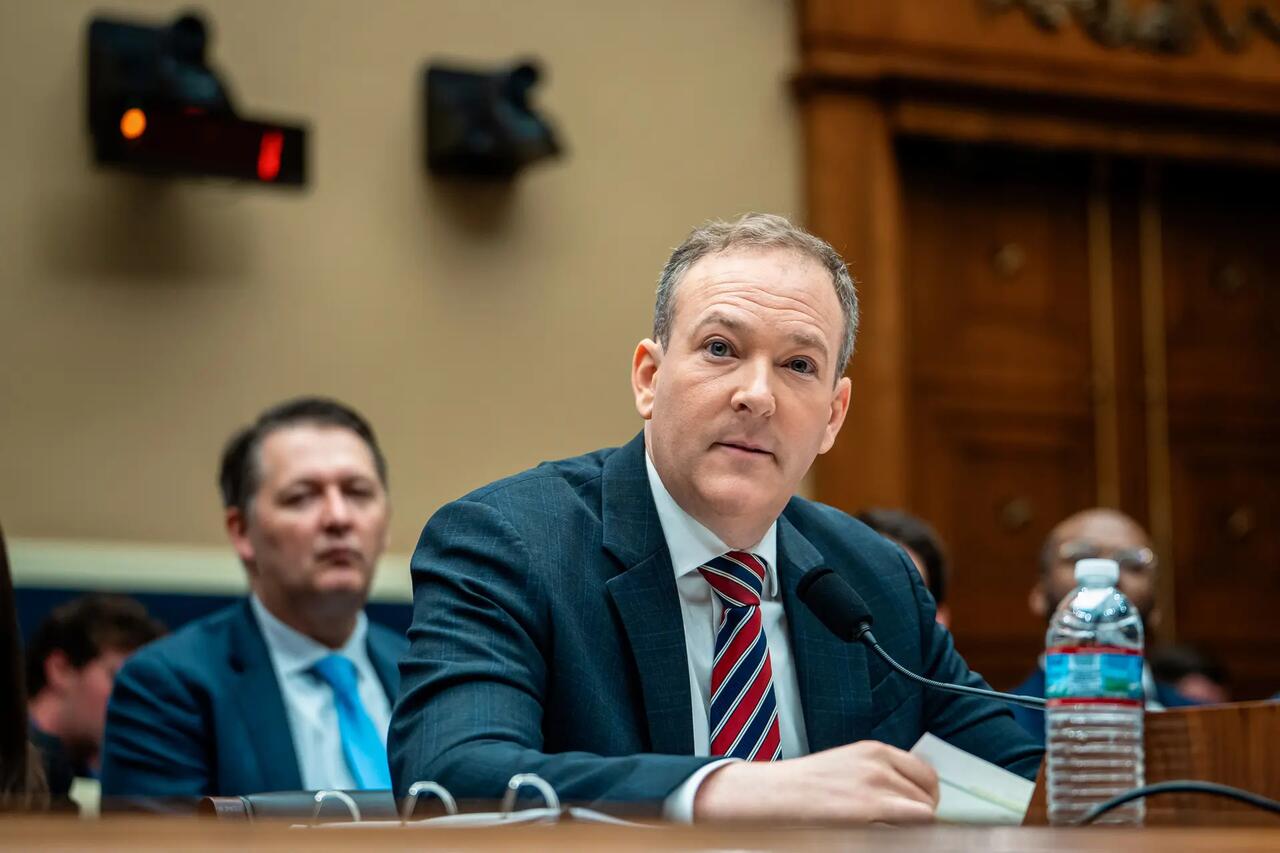Oregon has enacted a law imposing stringent new regulations on corporate ownership of physician practices in the state.
SB 951opens in a new tab or window, signed into law by Gov. Tina Kotek (D) on June 9, aims to close a loophole in which corporations list physician owners on documentation in order to comply with state "corporate practice of medicine" (CPOM) laws -- but in reality, the physicians lack true control over the practice, according to a press releaseopens in a new tab or window.
"Back in 1947, we drew a clear line between who could own a clinic and who could practice medicine, because we understood that healthcare isn't just a business, it's personal," said Oregon Rep. Cyrus Javadi (R) in the press release, referring to the state's original CPOM law. "SB 951 updates that line for a world where private equity firms and management companies have figured out how to blur it."
Essentially, the law establishesopens in a new tab or window a clear rule that management service organizations (MSOs), which deal with the non-clinical aspects of medical practices, cannot own a majority of shares in a healthcare facility or collectively control such a facility with a physician who is also involved with the MSO as a shareholder, director, member, manager, officer, or employee.
Corporations often use MSOs as a way to skirt the boundaries established by CPOM restrictions, according to Robert McNamara, MD, an emergency physician who has long criticized the corporate takeover of medicine.
As the first and only law of its kind in the country, Oregon's legislation is quite significant, McNamara told MedPage Today. While there are laws in some states that require the attorney general to review private equity purchases of hospitals, he said, SB 951 goes much further. It's an important step toward regulating corporate ownership of physician practices in that it directly aims to end the "friendly physician model, where a physician who didn't even practice in the hospital, sometimes not even the state, would be the 'owner' of the professional corporation," McNamara said.
That outside company then takes control of the healthcare facility, siphoning off revenue and taking away control from a business that is no longer locally owned, he said. "We need to make sure that our healthcare providers and our delivery system stays local and is controlled locally," Kotek said during a press briefing on the law last week, according to the Oregon Capital Chronicleopens in a new tab or window.
McNamara noted that the American Academy of Emergency Medicine (AAEM) sued Envision Healthcareopens in a new tab or window in 2021 for engaging in such a practice in California. AAEM went to court to show that Envision's management "was just a scheme to skirt the intent of the prohibition on the corporate practice of medicine," McNamara said, noting that Envision eventually withdrew from the state.
SB 951 is, in part, a reaction to a 2020 takeover of Oregon Medical Group by UnitedHealth Group's Optum unit, Rep. Lisa Fragala (D) said in the press release. Dozens of doctors left after Optum required them to sign non-compete contracts, according to news reportsopens in a new tab or window, leaving thousands of patients without healthcare. Optum later reversed course after pressure from lawmakers, according to reports.
The law doesn't go into effect immediately, and allows a 3-year adjustment period for clinics to comply with the restrictions, reports stated.
Oregon's move comes as physicians increasingly rally against corporate influence in medicine, particularly when it comes to private equityopens in a new tab or window involvement. In addition, more physicians -- not just residents and fellows -- are unionizingopens in a new tab or window than ever before.
"Most people think having your doctor employed by an insurance company isn't a good idea," McNamara said, because that doctor will have a conflict-of-interest between the health of patients and company profits.
There are a number of problems with the corporate onwership of medical practices, Adam Brown, MD, MBA, said in an email to MedPage Today, including "rising costs, declining quality of care, and increasing rates of burnout among clinicians."
Brown added that while SB 951 is a step forward, it's important not to ignore vertically integrated payers and consolidated hospital systems as well. "If reform efforts concentrate solely on one sector while allowing others to continue unchecked," Brown said, "we risk tipping the balance further in favor of these powerful institutions."
In his view, federal agencies like CMS and the Federal Trade Commission need to "establish clearer guardrails to limit excessive vertical integration between insurers and providers."
The situation has worsened over recent years, Gary Price, MD, president of Physicians Foundation, a national nonprofit, told MedPage Today. "We're now in a situation where roughly 80% of physicians are employed by some sort of larger entity," Price said.
Competing interests at work in the exam room, he added, "involves all sorts of things, from transparency, as far as the patient knowing who's really deciding about care decisions, but also the ethical implications for the physician and the frustration of the environment, adding to what's already a crisis in physician well being."
McNamara said he hopes the Oregon bill will set a precedent and spread to other states.
But not everyone was sold on it. Ryan Grimm, president of the Oregon Ambulatory Surgery Center Association, testifiedopens in a new tab or window during a hearing on the bill that a broad mix of ownership models benefits consumers.
Grimm's three main concerns with SB 951 were that it will prohibit attracting physicians incentivized by an ownership stake in a healthcare facility, drive management companies away from Oregon, and leave physician-owned clinics with the sole option of selling to a hospital as a means of investment.
The law, he said, "could lead to clinic closures, challenges recruiting new physicians to Oregon, and higher healthcare costs for consumers."
https://www.medpagetoday.com/publichealthpolicy/workforce/116130




